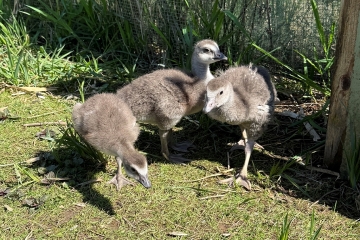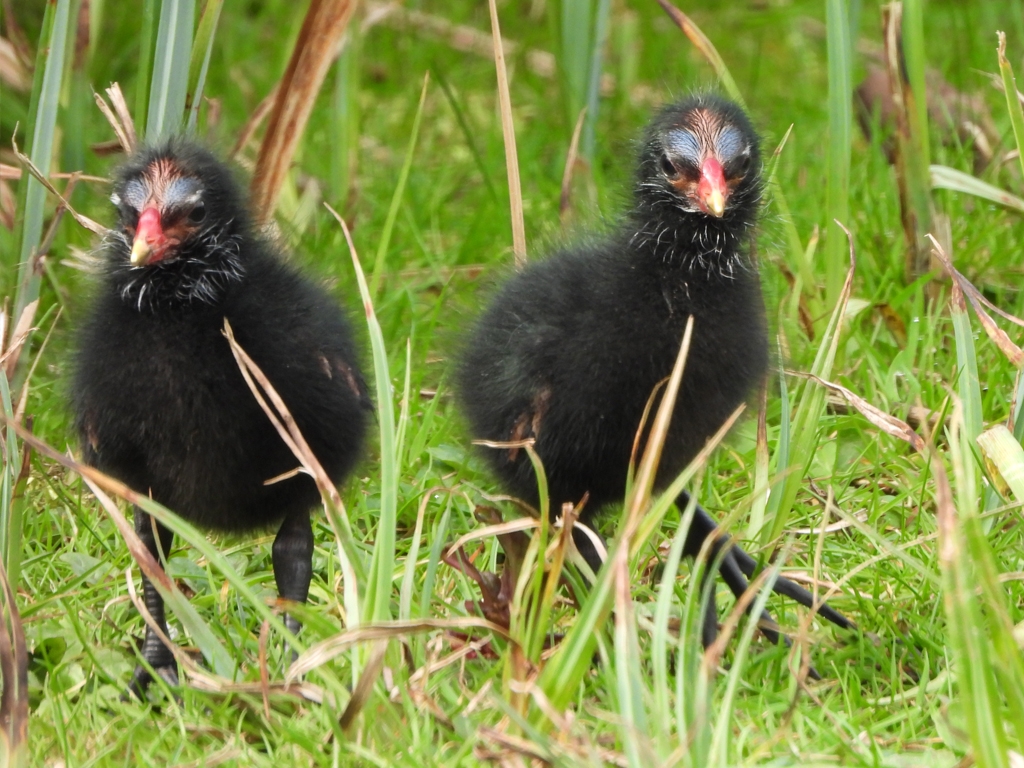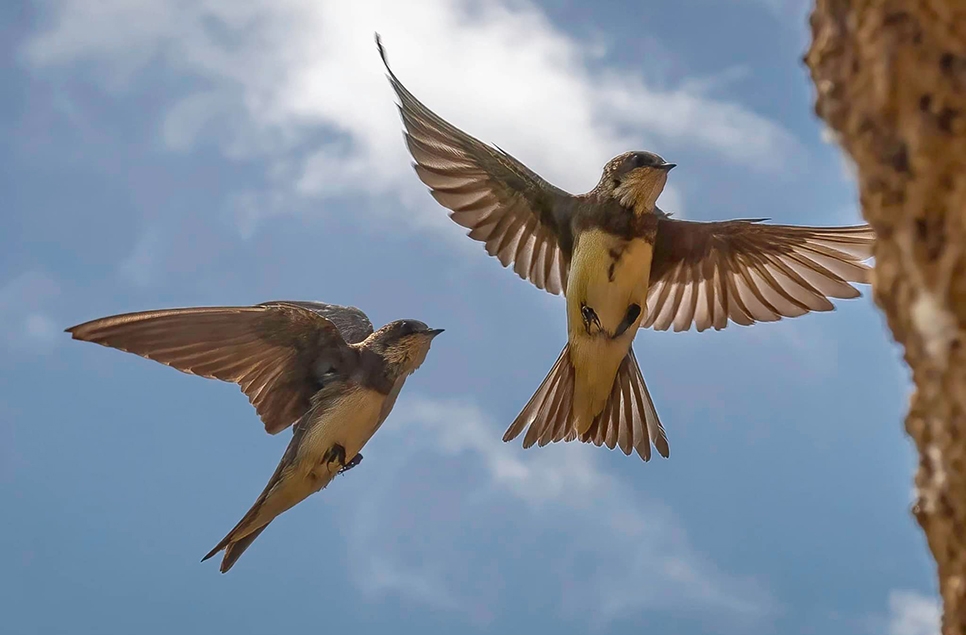Nature unbalanced: cold snap could halt spring symptoms
Wildlife Sightings column January 10, 2012 by Paul Stevens
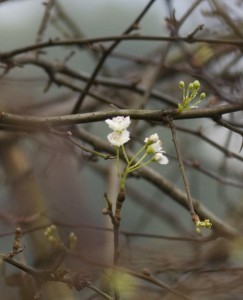
You can read the weekly column by Paul Stevens, the Grounds Manager for WWT Arundel Wetland Centre each Thursday in the Chichester Observer, Bognor Regis Observer and Littlehampton Gazette.
The air is alive with birdsong. Great tits, song thrush and robins sing for territory. The willow in front of the wetland centre sports catkins, leaves are sprouting on the sallow and a hawthorn tree has started to flower. .. But wait a minute - its midwinter not springtime! Catkins ought to emerge in February, sallow leaves should sprout in April and hawthorn is called mayflower because that is when it should bloom!
The mild winter weather causing these unbalances in nature is predicted to end with colder temperatures and north easterly winds arriving on Friday. Cold weather now could drastically affect the plants and animals lulled into their early spring behaviours. Plants that are budding now could be caught out by a hard frost that will damage flower and fruit production. This has a knock on effect to insects, birds and other wildlife that depend on the plants for food. Birds breeding now risking chilling their eggs or have their young chicks hatching out before their food sources are available.
On the other hand if the weather doesn’t get cold enough some pest species, like aphids, may survive a milder winter in larger numbers. A sap-sucking aphid infestation could cause damage to the flora on the reserve but would be a boon for the aphid eating ladybird and hoverfly populations.
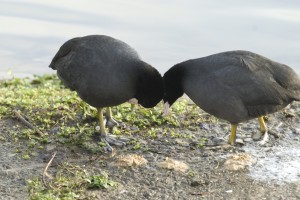
Warm weather that prompts shrubs into early bloom would also prompt butterfly eggs to hatch early. Blue tits try to co-ordinate the hatching of their young to coincide with the peak population of caterpillars, which are the main food source for the chicks. If these events don’t align, blue tit chicks could starve.
If birds like lapwing breed too early our reserve wardens are unable to manage their wet grassland habitat. Once the birds are nesting we cannot risk disturbing them to cut the grasses and sedge, but lapwing, redshank and oystercatchers prefer to build their shallow nests amongst shorter vegetation so they can keep an eye on predators.
As I approach the Lapwing hide I am frozen in my tracks by the sight of a gorgeous bullfinch perched on the edge of the hedgerow in full view. Sadly I realize I don’t have the long lens attached to my camera. At the hide I notice that many feathers are dotting the wet grassland outside. Through the binoculars I see that all the feathers are white! Have Bewick’s swans been roosting here overnight? Watch this space.
I hear a nuthatch calling, another song thrush and the crow of a pheasant. Again I am amazed at how today holds all the sights and sounds of spring in January.
On my way to the Ramsar hide I watch a kingfisher hover in the air over the waters of Wetland Discovery. From the hide windows I see gadwall on the far island and lapwing near the Sand Martin hide. I head over for a closer look. On the front of the Sand Martin Hide a great tit has been roosting in one of the fake nesting holes that decorate the hide! I count five lapwing sprinkled among the islands on the waters outside the hide.
Visitors have been recording many sightings of kingfishers here on the Wildlife Sighting sheets clipboard. In front of the hide a pair of coots engages in mutual preening – mating behaviour normally reserved for spring.
I pause at the entrance of the Scrape hide to watch a little robin sitting on the ledge inside the building, framed by the hide window. After posing for a few snaps, the robin flies off through the doorway behind me, directly past my ear.
